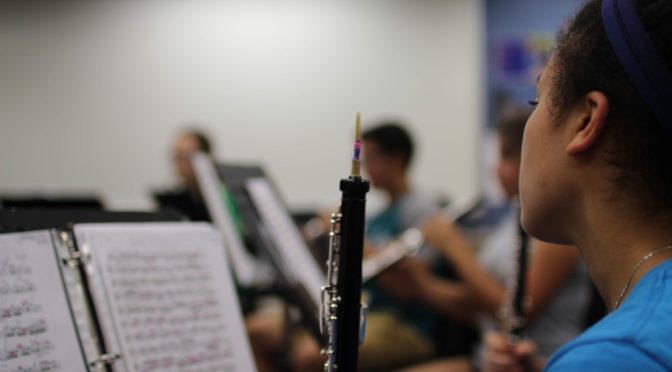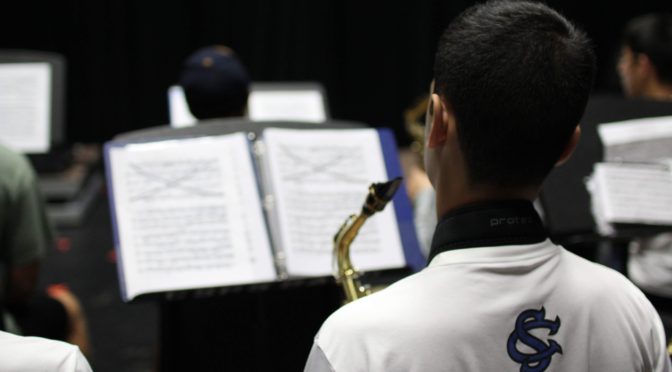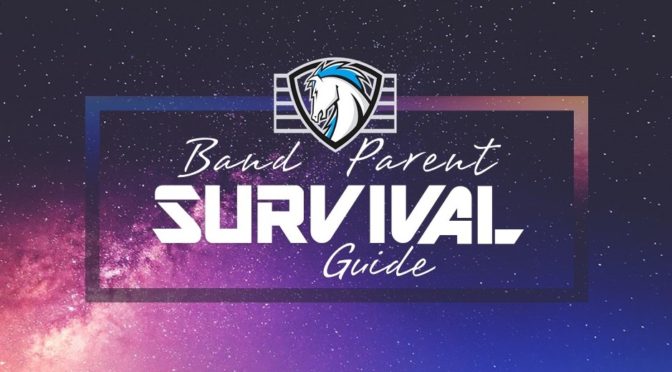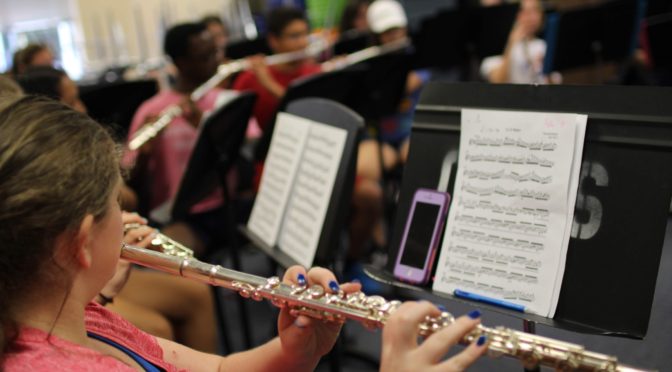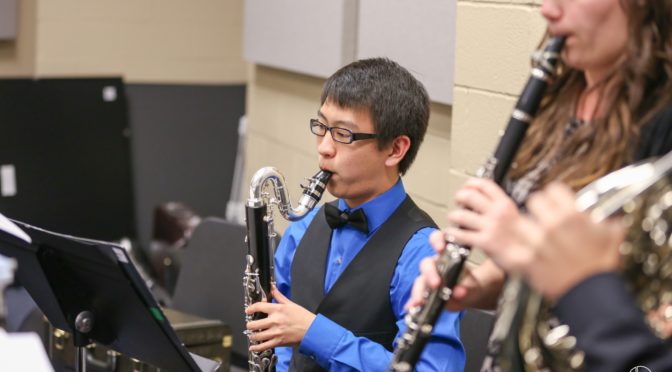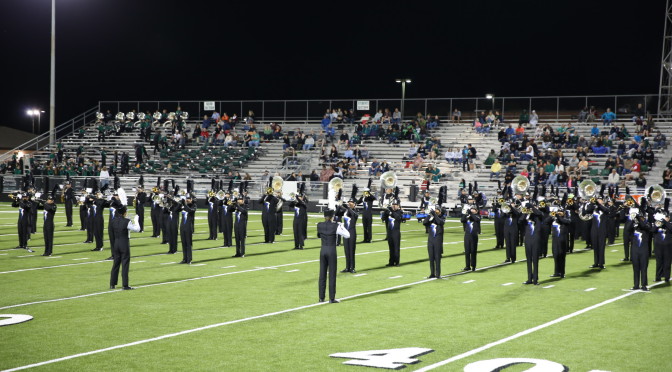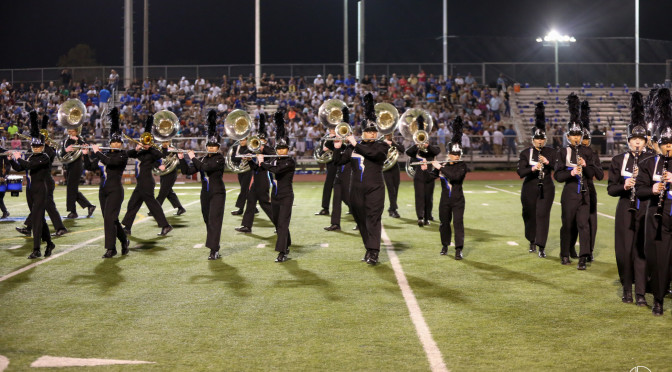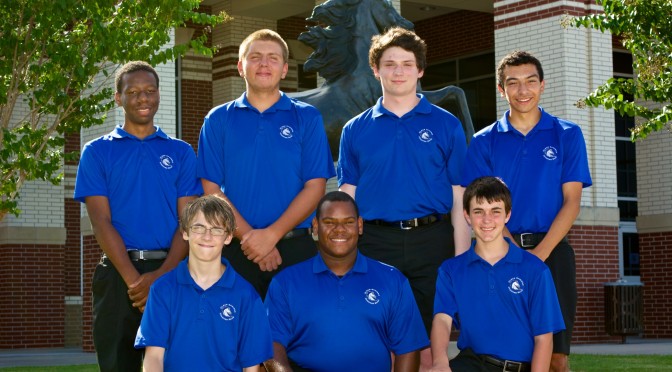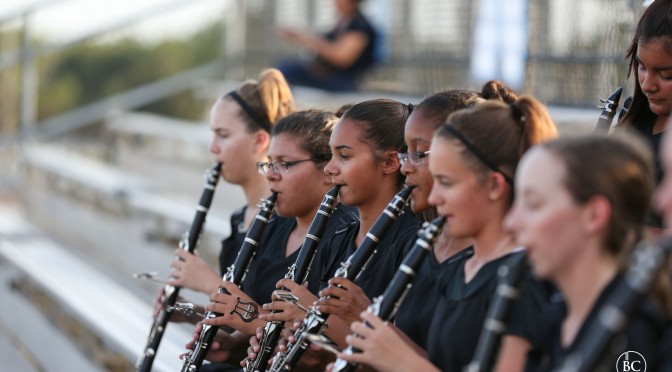ALL-STATE & REGION BAND SUMMER PREPARATION
The high school region band process is very similar to the junior high region band process, However, there are two main differences. The first is that there is a freshman only region band audition which takes place before the high school audition and which is a non-performing band. The Freshman Region audition is for the purpose of earning a region band patch, points toward your letter jacket, and most importantly practice for the high school region auditions. Freshman may audition for freshman region, high school region, or both. The second main difference between junior high and high school is that the highest placing students at Region band will advance to the Area band auditions and then the highest placing students at Area will become Texas All-State musicians, a prestigious honor. They will then have the privilege of performing with one of the All-State ensembles at the Texas Music Educators Association convention in February.
Though participation in the region band auditions is not required it is strongly encouraged as the whole process is a very educationally beneficial one. Also, students who wish to attempt to move up a band for second semester must participate in region auditions and students who do not want to be passed up by another student, and possibly moved down a band, should participate as well. All Wind Ensemble students will be tested on the music starting in September. Placement at the region audition in December will be a factor in second semester placement.
Some of you may be wondering why we are discussing this so early when region auditions are not until December and the etudes have not even been posted. We are discussing this because your preparation needs to begin now if you wish to do well.
All-State & Region Band practice recommendations
- Practice all 12 major scales
- Memorized
- Full range
- With a metronome
- Both slowly while focusing on getting every note to sound the same, and fast while focusing on getting your fingers to be even.
- Practice all 12 major scales in thirds
- Memorized
- Full range
- With a metronome
- Both slowly while focusing on getting every note to sound the same, and fast while focusing on getting your fingers to be even.
If you are able to play your scales well, meaning that you sound the same on every note regardless of articulation, especially at the extreme ranges of your instrument and with even fingers, meaning that you are not rushing or slowing down at all between any notes, then you will be well on your way to being successful in the All-State/Region process.
Audition material
- Click here to see a list of the etude books.
- The etudes will be chosen from these book.
- We encourage everyone to purchase the etude books so that when the etudes are posted the last week in July, they can begin practicing the etudes immediately, as it will take us several weeks to get copies of all the etudes made.
- Click here on or after July 22nd at noon to see the specific etudes.
